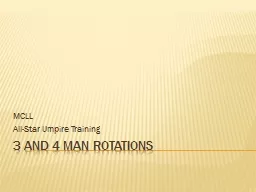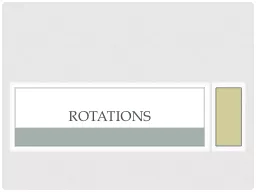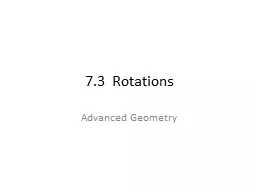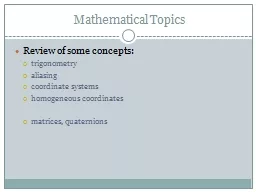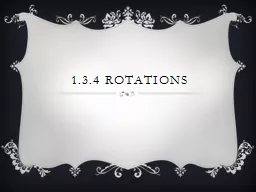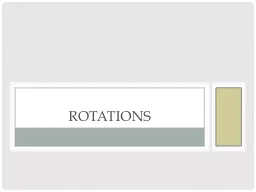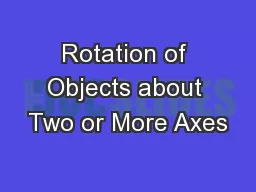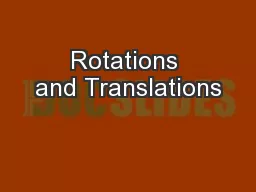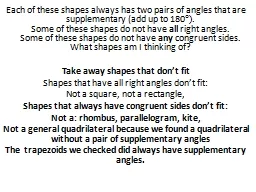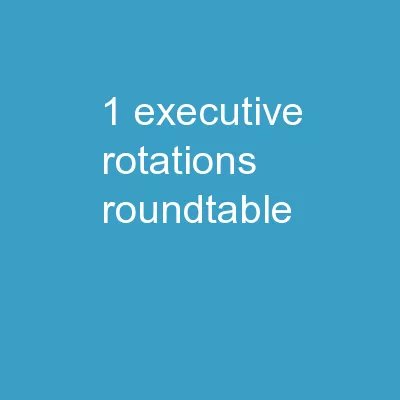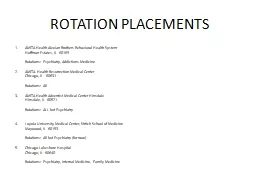PPT-3 and 4 man rotations MCLL
Author : celsa-spraggs | Published Date : 2018-10-14
AllStar Umpire Training More umpires better and worse More sets of eyes on the field lets us have better coverage See all runners touch bases Better angle closer
Presentation Embed Code
Download Presentation
Download Presentation The PPT/PDF document "3 and 4 man rotations MCLL" is the property of its rightful owner. Permission is granted to download and print the materials on this website for personal, non-commercial use only, and to display it on your personal computer provided you do not modify the materials and that you retain all copyright notices contained in the materials. By downloading content from our website, you accept the terms of this agreement.
3 and 4 man rotations MCLL: Transcript
Download Rules Of Document
"3 and 4 man rotations MCLL"The content belongs to its owner. You may download and print it for personal use, without modification, and keep all copyright notices. By downloading, you agree to these terms.
Related Documents

